Birds can transform an ordinary garden into a vibrant ecosystem filled with song, movement, and natural pest control. However, many well-intentioned gardeners find themselves disappointed when birds consistently bypass their carefully crafted outdoor spaces. The primary culprit behind this avian avoidance isn’t usually what you’re adding to your garden—it’s what you might be using to protect it. Pesticides stand as the number one mistake that drives birds away from gardens, creating environments that are actively hostile to our feathered friends. Understanding this critical error and how to correct it can dramatically change your garden’s appeal to birds and enhance your overall outdoor experience.
Why Pesticides Drive Birds Away
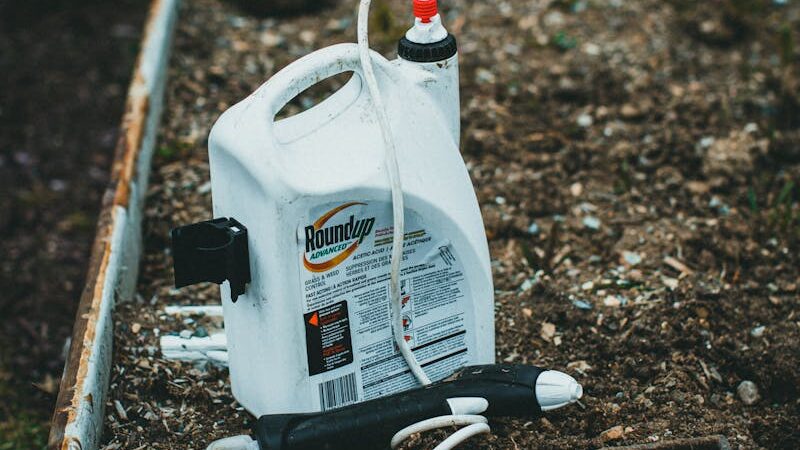
Pesticides create a multi-layered problem for birds that extends far beyond the immediate chemical threat. These substances eliminate the insects that make up a crucial part of many birds’ diets, effectively removing their food source. Even birds that primarily eat seeds and fruits typically rely on insects to feed their young during nesting season, making pesticide-free environments essential for successful breeding. Additionally, the residual chemicals on plants can be directly toxic to birds, causing illness or death through direct contact or ingestion. Research has shown that even sublethal exposures can impair birds’ navigation abilities, affecting their capacity to migrate or find food efficiently.
The Ecological Chain Reaction
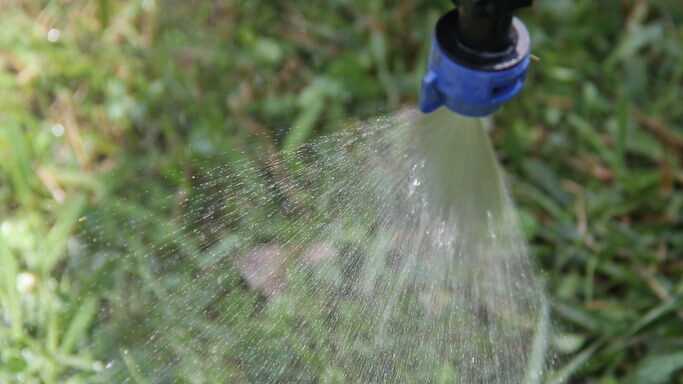
When you spray pesticides in your garden, you trigger a damaging ecological chain reaction that reverberates throughout the local ecosystem. The immediate effect is the death of target and non-target insects alike, including beneficial pollinators and predatory insects that naturally control pest populations. As these insect populations decline, birds lose essential protein sources and may abandon your garden entirely in search of more productive feeding grounds. This absence of birds then allows certain pest species to flourish unchecked, potentially creating more significant problems than the ones the pesticides were meant to address. The ultimate irony is that many gardeners then increase pesticide use in response to growing pest problems, further exacerbating the cycle.
Hidden Pesticides in Garden Products
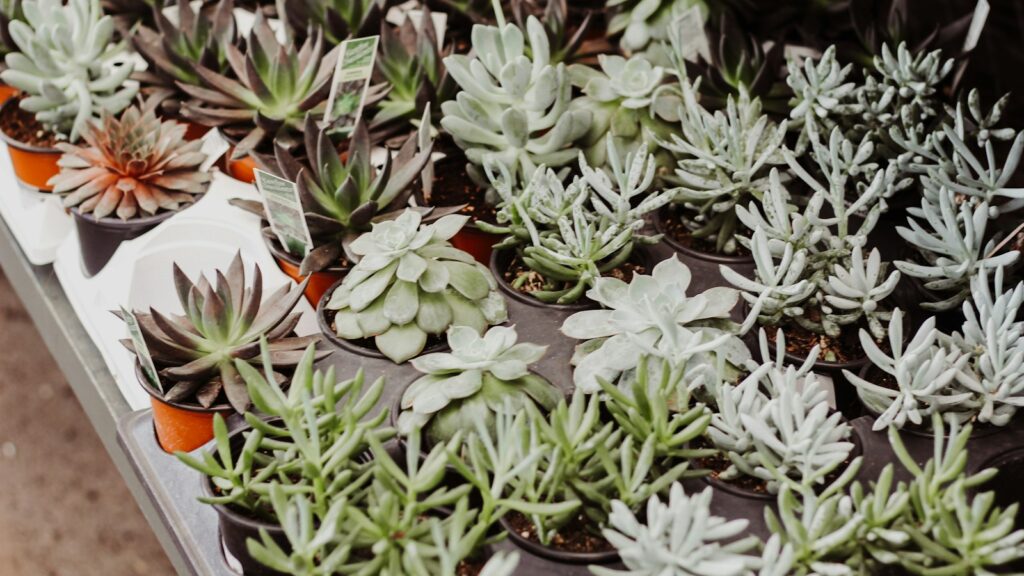
Many gardeners unknowingly introduce pesticides into their environments through seemingly innocent garden products. Pre-treated plants from nurseries often contain neonicotinoids, a class of pesticides particularly harmful to birds and pollinators that can persist in plant tissues for months or even years. Commercial potting soils and fertilizers may include fungicides or insect growth regulators that aren’t prominently advertised on packaging. Even some “organic” products contain natural substances that, while derived from plants, can be toxic to birds and beneficial insects. Always read labels carefully and ask suppliers specific questions about any treatments applied to plants before purchase to avoid these hidden dangers.
Signs Birds Are Avoiding Your Garden
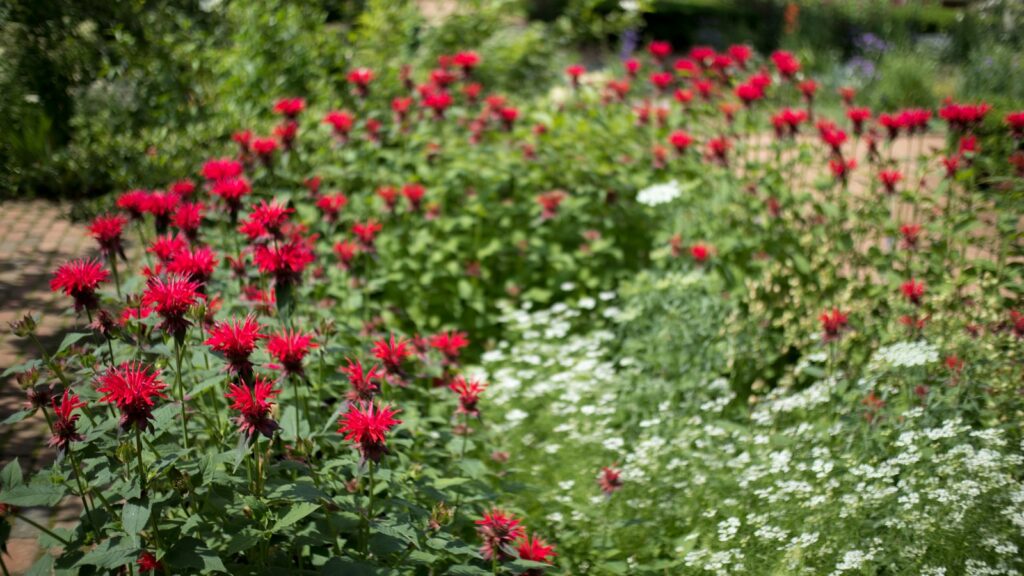
Recognizing that birds are actively avoiding your garden is the first step toward addressing the problem. A notable absence of bird songs, especially during dawn and dusk when birds are typically most vocal, suggests your garden may not be welcoming to avian visitors. The absence of nesting activity in spring, even if you provide nesting boxes or appropriate habitat, can indicate a pesticide problem. You might also notice a lack of foraging behavior—birds hopping on lawns searching for insects or exploring plants for seeds and berries. Perhaps most tellingly, you may observe birds visiting neighboring gardens while consistently bypassing yours, a clear indication that something in your garden management is deterring them.
Bird-Friendly Pest Management Alternatives

Transitioning to bird-friendly pest management practices doesn’t mean surrendering your garden to insects. Integrated Pest Management (IPM) offers a systematic approach that minimizes chemical interventions while effectively managing pest populations. Hand-picking larger pests, setting up physical barriers like row covers, and using targeted biological controls like beneficial nematodes can address specific problems without broad-spectrum damage. Companion planting—positioning plants that naturally repel certain pests alongside vulnerable species—creates a natural defense system. Perhaps most importantly, accept that a certain level of insect activity is normal and even desirable in a healthy garden ecosystem, providing food for birds that will, in turn, help control pest populations.
Creating Natural Bird Habitats
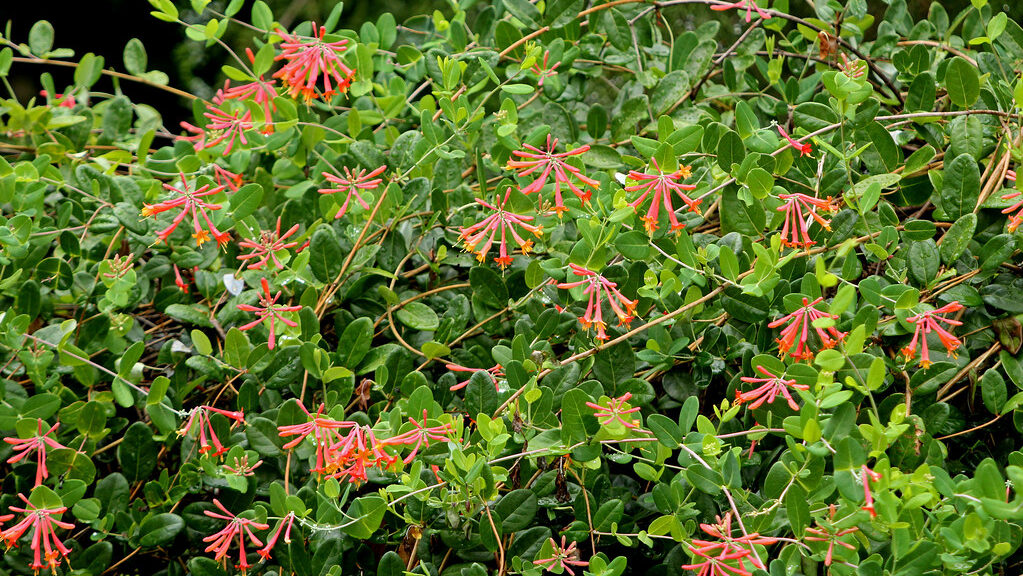
Birds are attracted to gardens that resemble their natural habitats, offering safety, food, and nesting opportunities. Native plants should form the foundation of a bird-friendly garden, as these species have co-evolved with local bird populations and provide familiar food sources and shelter. Structural diversity—including trees, shrubs, and ground cover of varying heights—accommodates different bird species with different habitat preferences. Leave some areas of your garden slightly “messy” with leaf litter, fallen branches, and unmulched soil where birds can forage for insects and materials for nesting. Water features with moving water like small fountains or drippers attract birds more effectively than stagnant water and reduce mosquito breeding concerns.
The Benefits of Bird-Friendly Gardening

Eliminating pesticides and embracing bird-friendly gardening practices delivers multiple rewards beyond simply attracting more birds. Birds provide natural pest control, consuming vast quantities of insects that might otherwise damage plants. Their activity in the garden helps with seed dispersal and plant pollination, increasing the diversity and health of your garden ecosystem. The presence of birds also indicates a healthy, balanced environment that supports other beneficial wildlife like butterflies, bees, and small mammals. From a purely human perspective, bird watching in your own garden offers psychological benefits, reducing stress and connecting you more deeply with natural cycles and seasonal changes.
The Recovery Timeline

Patience is essential when transitioning from a pesticide-treated garden to a bird-friendly space, as recovery doesn’t happen overnight. Soil organisms and insect populations typically begin rebounding within a few months of stopping pesticide use, gradually rebuilding the food web that supports birds. Migrating birds may discover your improved garden during their next seasonal passage, while resident birds might take a full season to recognize your garden as a reliable food source. The complete ecological recovery, including the establishment of a diverse insect population and regular bird nesting activity, often takes two to three years. Document this recovery process with photos and notes to maintain motivation during the transition period.
Supporting Birds Through Seasonal Changes
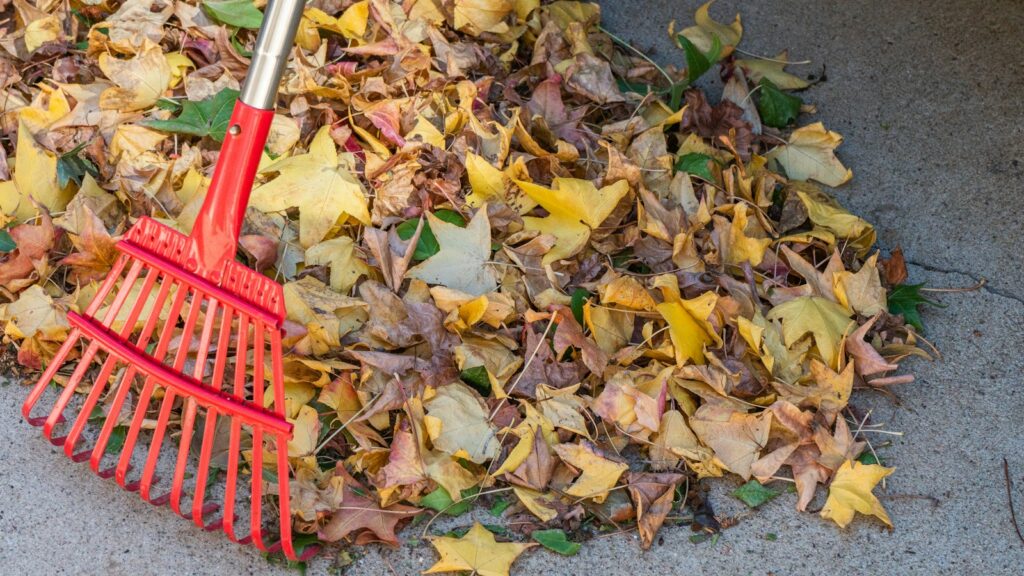
A truly bird-friendly garden addresses avian needs throughout the year, not just during growing seasons. Fall garden cleanup should be minimal, leaving seed heads on flowers for winter feeding and keeping leaf litter in some areas as insect habitat. Consider planting evergreen shrubs and trees that provide winter shelter and wind protection when deciduous plants are bare. Supplemental feeding with high-quality bird seed in winter can help support local bird populations when natural food is scarce, but should complement rather than replace natural food sources. Early spring is a critical time to ensure your garden offers nesting materials like small twigs, grass, and natural fibers to support breeding activities.
Common Bird-Repelling Garden Features
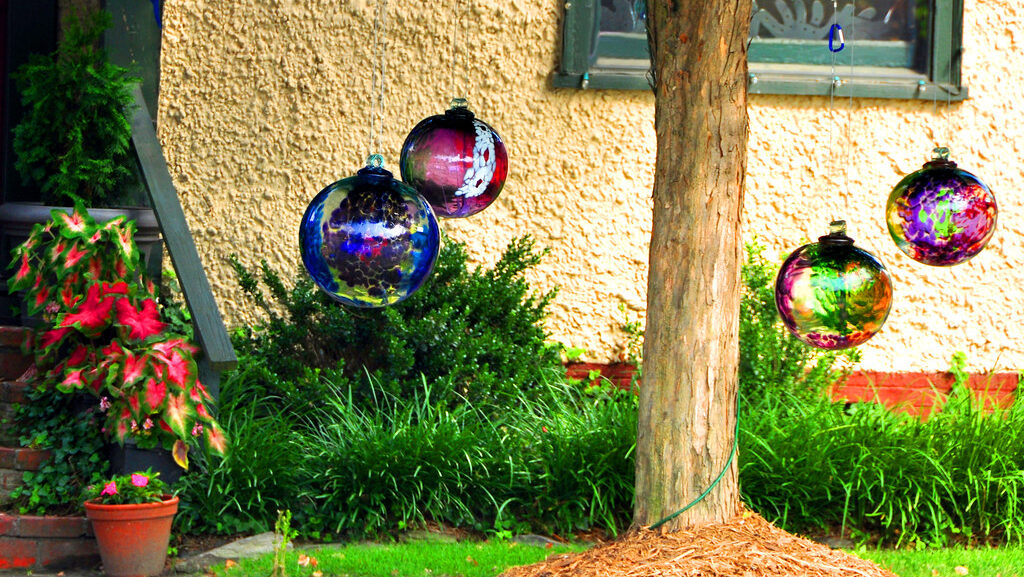
Beyond pesticide use, several common garden features can inadvertently repel birds and should be reconsidered. Reflective surfaces like mirrored gazing balls and certain types of decorative items can frighten birds, who perceive them as threatening movement. Outdoor cats, even well-fed ones, are instinctive hunters that birds recognize and avoid, so consider keeping pets supervised or creating enclosed “catios” if you have both birds and cats. Excessive use of outdoor lighting disrupts birds’ natural behaviors and migration patterns, particularly problematic for species that migrate at night. Open expanses of lawn without shrub cover make many birds feel vulnerable to predators, as they prefer environments with quick access to protective cover.
Monitoring Your Garden’s Bird Population
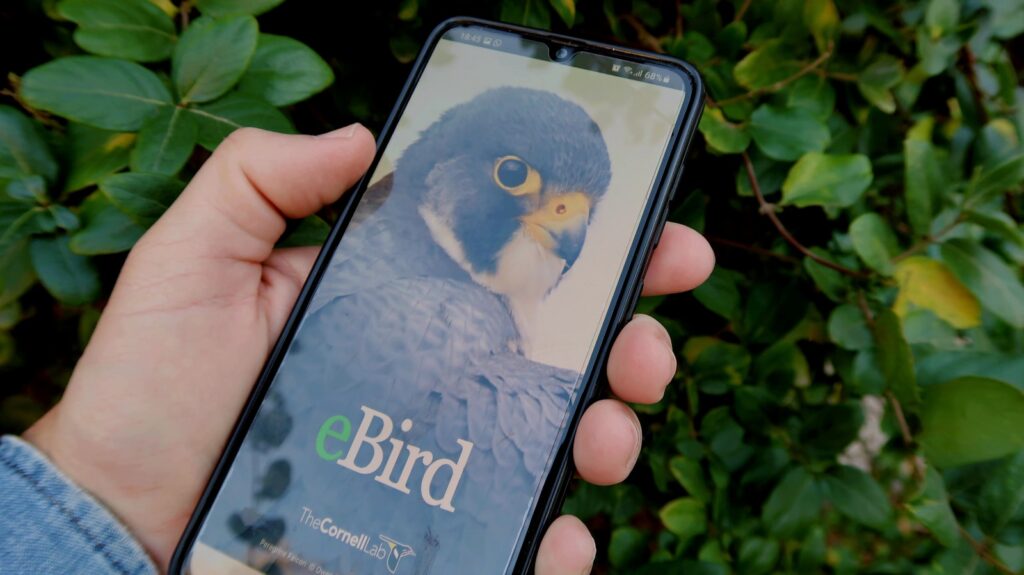
Systematic observation of bird activity provides valuable feedback about your garden’s health and appeal. Keep a simple journal noting bird species observed, their behaviors (feeding, nesting, bathing), and the times of year they appear. Photographic documentation helps track changes over time and may capture species you didn’t initially recognize. Participate in citizen science projects like the Great Backyard Bird Count or eBird to contribute your observations to broader scientific understanding while gaining context for your local bird population. Pay particular attention to indicator species like warblers and other insectivores that are especially sensitive to pesticide use—their presence signals a healthy garden ecosystem.
Community Approaches to Bird-Friendly Gardening
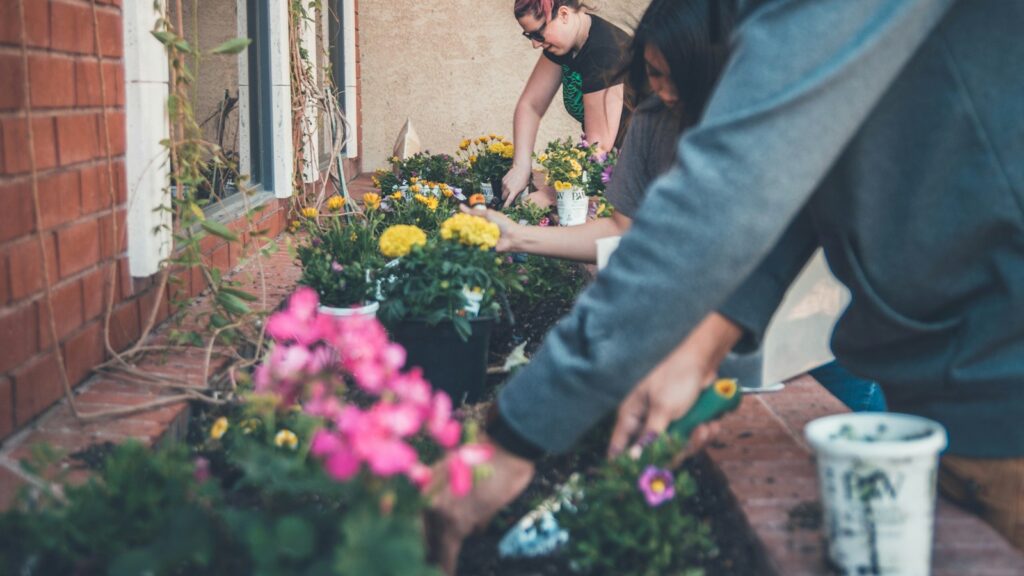
Individual gardens can attract birds, but neighborhood-wide approaches create wildlife corridors that significantly enhance bird habitat. Engage neighbors in conversations about reducing pesticide use, sharing information about natural alternatives and the benefits of bird-friendly practices. Consider organizing seed and plant exchanges focusing on native species that support local birds. Neighborhood-wide certification programs like the National Wildlife Federation’s Community Wildlife Habitat project can provide structure and recognition for collective efforts. Municipal advocacy for bird-friendly policies like reduced pesticide use in public spaces and dark sky lighting ordinances extends the impact beyond private properties to create truly bird-supporting communities.
Conclusion: Restoring the Balance
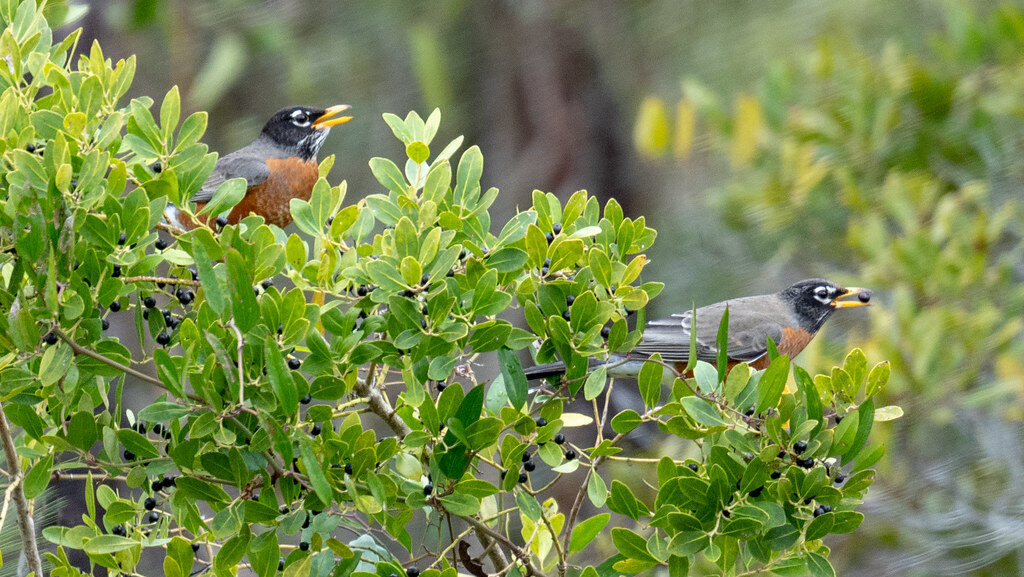
The journey toward a bird-friendly garden is ultimately about restoring ecological balance and reconnecting with natural processes. By eliminating pesticides—the number one mistake that makes birds avoid gardens—you remove a significant barrier between your outdoor space and the rich diversity of avian life waiting to discover it. This transition requires patience and a willingness to accept a different aesthetic that includes some insect activity as part of a healthy ecosystem. The reward, however, is immeasurable: a dynamic, living garden filled with color, movement, and song, working in harmony with natural cycles rather than against them. Birds aren’t just visitors to our gardens; they’re essential participants in the complex web of relationships that make gardens truly thrive.
